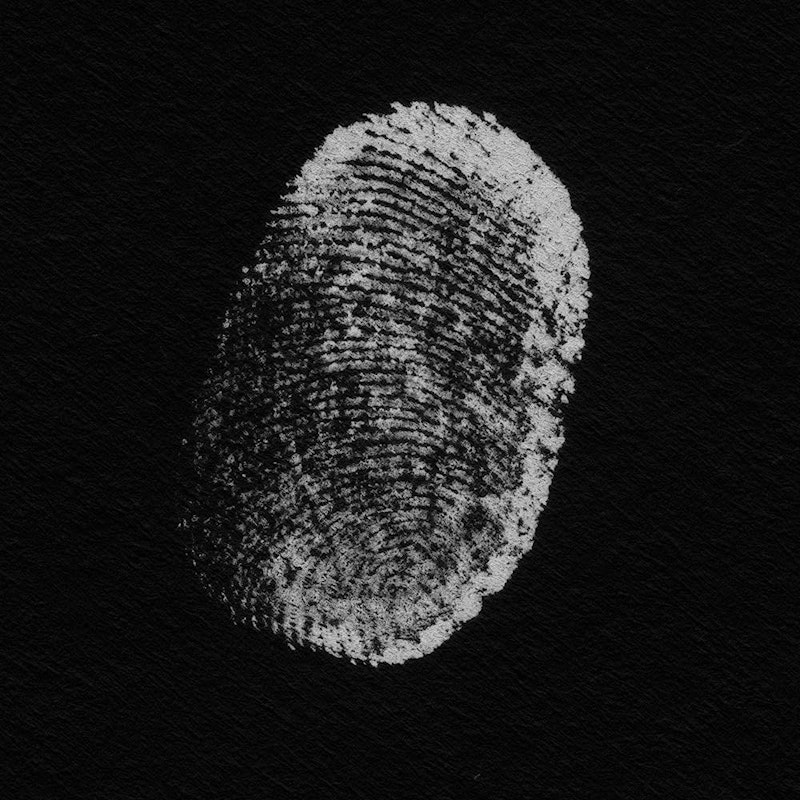I’m not really a fan of the vibraphone. I associate it with bland lounge music and cloying jazz; a crystal clomp-clomp not ethereal enough to be pretty and without enough grit to be driving. I don’t like Lionel Hampton or Bobby Hutcherson that much. Whenever they’re on a track I find myself waiting impatiently for someone to start blowing a horn.
Given those anti-vibe prejudices, I shouldn’t be the right audience for the avant vibe and marimba stylings of Patricia Brennan. But I enjoyed her 2021 debut solo album Maquishti, a vibe album with a completely different vibe. Her small group follow-up, 2022’s More Touch, is even better.
Maquishti was improbably delicate. More Touch heads in the other direction; this time Brennan avoids the middle-of-the-tiki-lounge vibraphone curse by pushing her music into far-out bop funk. The band is all percussive all the time; there are no horns, no piano, no guitar, just Kim Cass on bass, Marcus Gilmore on drums, Mauricio Herrera on percussion, and Brennan on even more percussion, as well as electronics.
The opening track, “Unquiet Respect” lays down a knotted, Thelonious-worthy head on the vibes as the other instruments twist and stutter around each other. The rhythm feels both elusive and relentless, providing herky-jerk beats by which to fall over at the disco and stare at the ceiling as your synapses spasm. “Sizigia (Syzygy)” is a slightly more straightforward soul groove, anchored by Kim Cass’ upright bass. He keeps the music grounded as Brennan, Gilmore, and Herrera blast away, until it dissolves into electronic fuzz and blips at the end—soul jazz on acid.
Throughout the album Brennan intersperses ambient passages. The 14-minute “Space for Hour” starts with a hum which slowly develops into a camel sway, until the camels start jolting and bumping and throwing their legs every which way by the manic end. On “And Then There Was Light,” Brennan takes her instrument’s easy-listening lounge history into hazy experimental New Age, complete with world music percussion, cymbal washes, and bird-like electronica trills and bleeps.
Admittedly, that’s not the most promising of approaches. The title track is more successful in incorporating formless drift. It starts out with quiet bass plonks and vibe bonks against electric splashes of color. The spectre of Yanni is still vaguely visible, but this is a Yanni on better drugs, who keeps bumping his head in the interior of the spaceship—and then the spaceship unexpectedly takes off at the finale, as the band attacks their instruments in a free jazz frenzy of gloriously stochastic dissonance.
I doubt Brennan intended More Touch as an exercise in vibraphone evangelism. But it’s designed as a persuasive case for the skeptic. The range of styles, from bop to funk to ambient to free jazz to New Wave, each demonstrate how far out of its usual range the instrument can go. I’d still like to hear her work with a saxophonist, or with a pianist, because she’s so adventurous and inventive I’m curious to know what she’d manage with a different instrumental pallet. I’m thinking about going back and revisiting some of those vibraphonists of yore I was supposed to love but didn’t. Maybe I can come to them with new ears. Maybe I didn’t even dislike them as much as I thought. More Touch makes you want to hear more, past and future. You can’t give an album much higher praise than that.

